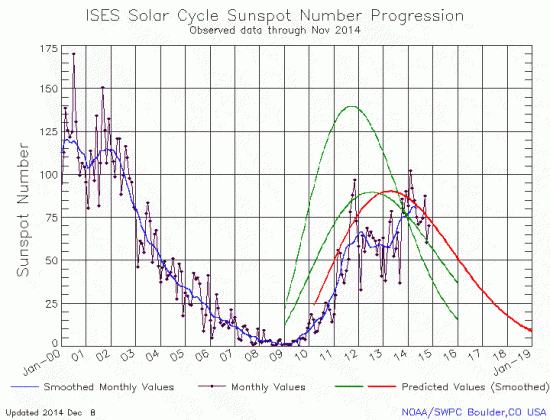A close analysis of NOAA climate data from just one randomly picked Texas rural location reveals significant data tampering to make the climate appear to be growing warming.
In other words, the adjustments have added an astonishing 1.35C to the annual temperature for 2013. Note also that I have included the same figures for 1934, which show that the adjustment has reduced temperatures that year by 0.91C. So, the net effect of the adjustments between 1934 and 2013 has been to add 2.26C of warming. ,,,
So what possible justification can USHCN [the climate data center at NOAA] have for making such large adjustments? Their usual answer is TOBS, or Time of Observation Bias, which arises because temperatures are now monitored in the early morning rather than the late afternoon, which tended to be the practice before. But by their own admittance, TOBS adjustments should only account for about 0.2C.
What about station location? Has this changed? Well, not since 1949 according to the official Station Metadata. Luling is a small town of about 5000 people, and the station is situated at the Foundation Farm, 0.7 miles outside town. In other words, a fairly rural site, that should not need adjusting for urban influences.
It is plain that these adjustments made are not justifiable in any way. It is also clear that the number of “Estimated” measurements made are not justified either, as the real data is there, present and correct.
In doing this analysis, the author, Paul Homewood, does something that Steven Goddard of the Real Science website, the man who broke this story, doesn’t do very often: He carefully illustrates the full raw dataset and shows us how he isolates the raw data from the estimated and adjusted numbers. Goddard generally only shows his results, which means we have to trust his analysis. Homewood therefore approaches Goddard’s results skeptically, and thus acts to check his work to see if it is accurate and correct. He finds that it is.
This is science at its best.
I should also note that I found Homewood’s analysis because Steven Goddard posted a link on his own webpage. As a true scientist, Goddard does not fear a close look at his work. He welcomes it.

